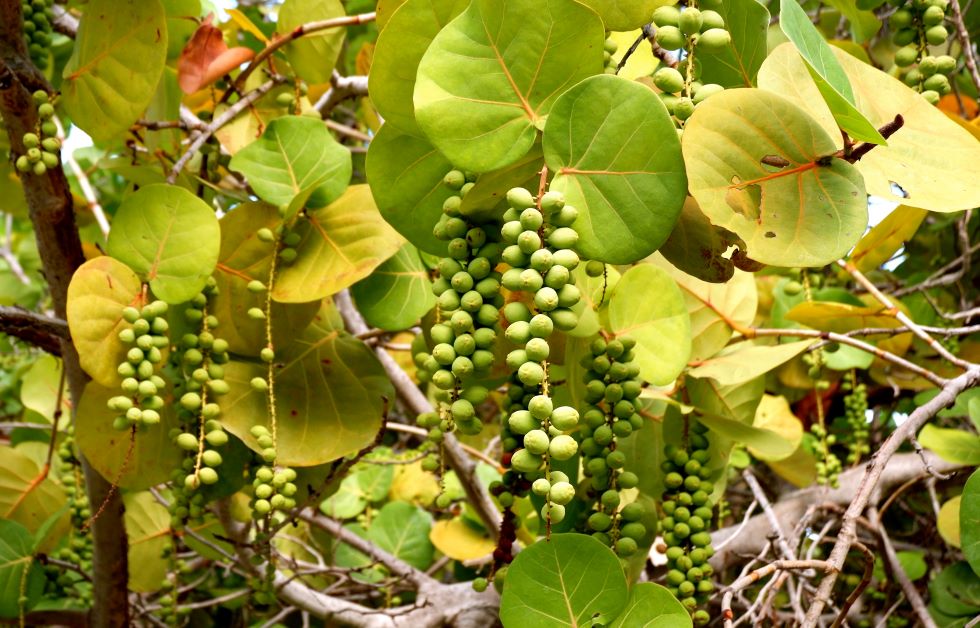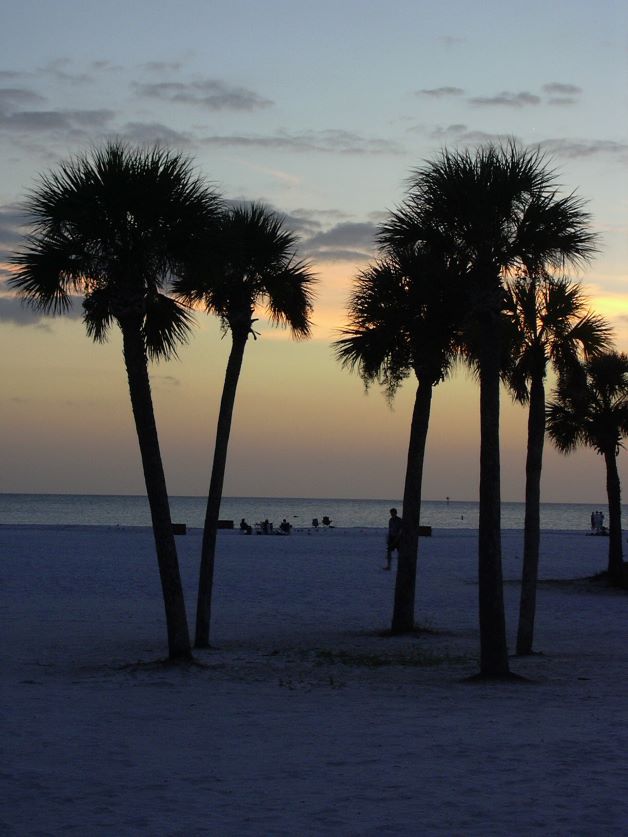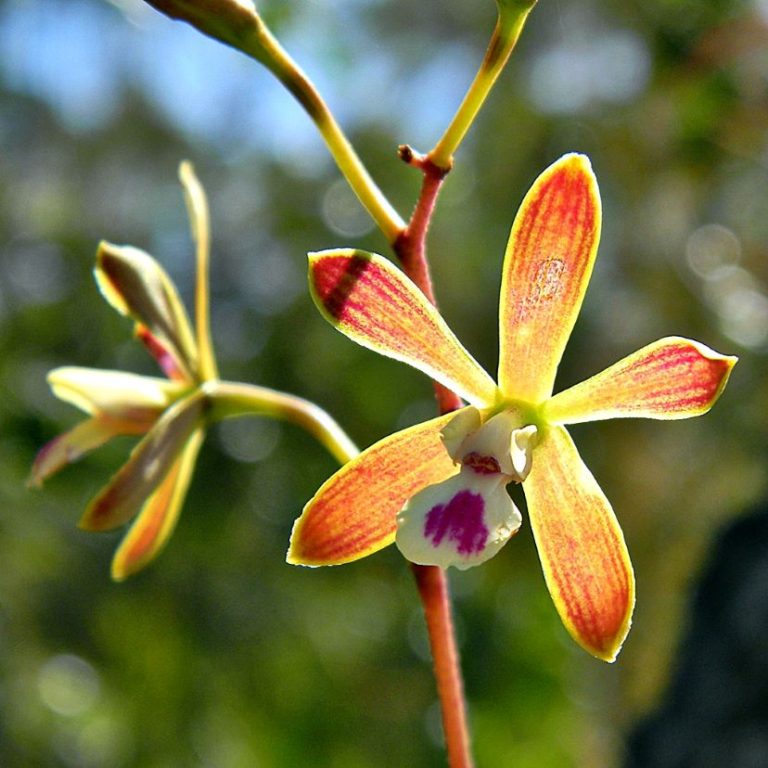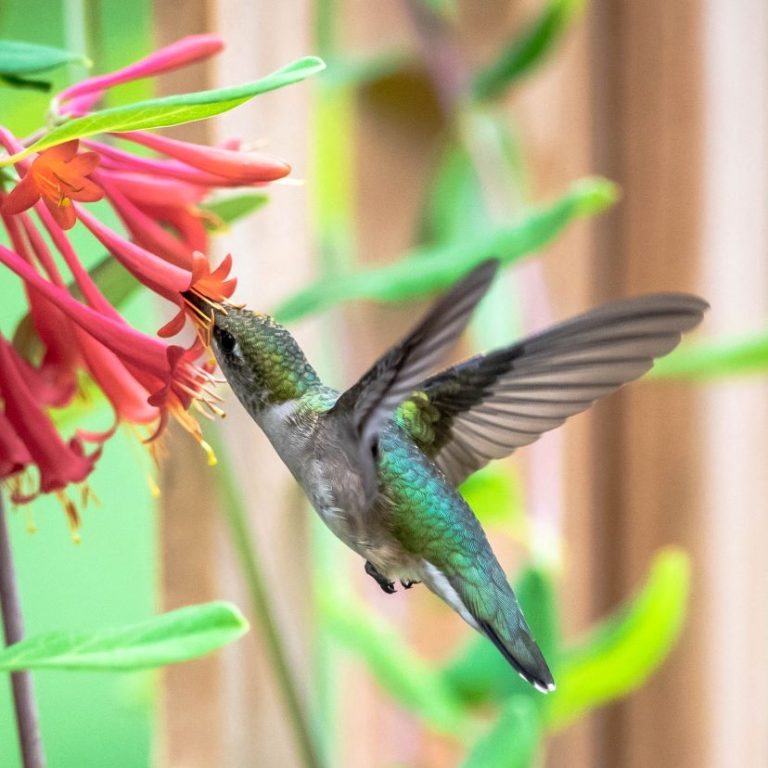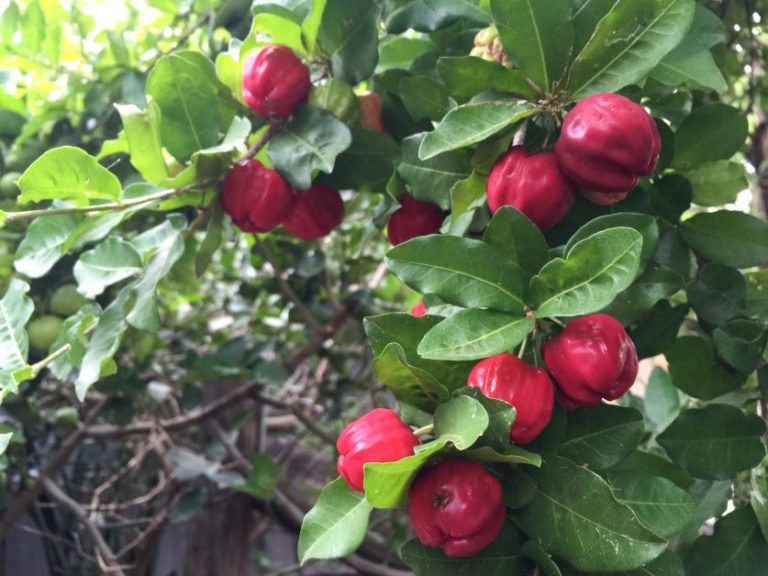How to Grow Sea Grapes in Florida
What are Florida Sea Grapes?
The sea grape (Coccoloba uvifera) is a tropical evergreen native to Florida, the Bahamas, the Caribbean, the Antilles, and Bermuda. Some people also call it baygrape.
The signature feature of the Florida sea grape is its leaves. Sea grapes leaves are rigid and leathery, oval-shaped, and can grow up to almost a foot in diameter. New growth comes out a rusty red color and turns green as they mature. The pretty red veining throughout the leaves makes it obvious why Native Americans used this plant to create red dye. As the weather cools over winter, the leaves turn a reddish-brown before they finally drop.
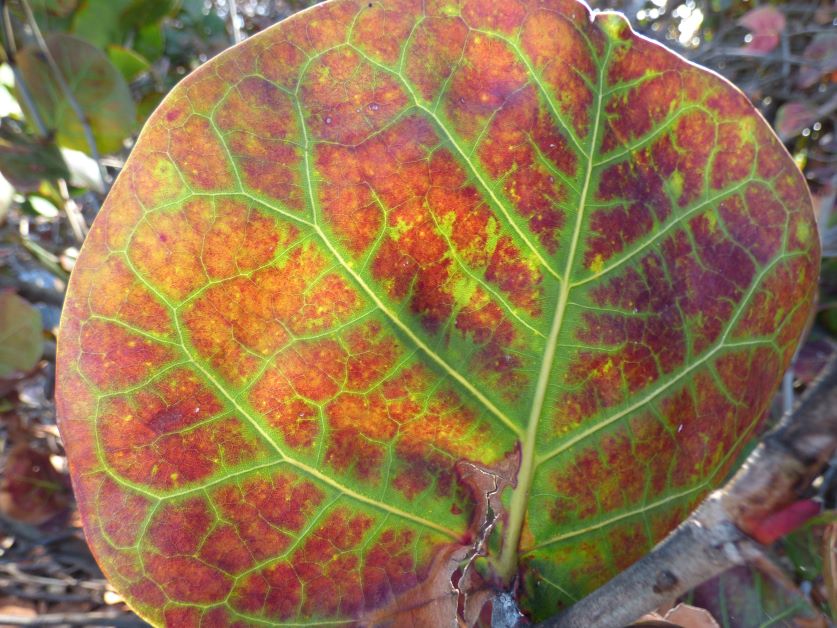
Sea grapes are a big plant that can grow to be 30 to 50 feet tall and 20 to 30 feet wide. Depending on your pruning technique and planting location, sea grapes can grow as a shrub, hedge, or tree. Specimens grown in coastal areas grow more shrub-like while those grown inland tend to form into a tree.
Other than the occasional pruning, sea grapes are low maintenance. This makes them a great choice for Florida snowbirds with a second home. They’re mostly pest and disease resistance and once established, need little to no care.
Are Sea Grapes Poisonous?
No, sea grapes aren’t poisonous for humans or animals. As a member of the buckwheat family, sea grapes are a relative to rhubarb and sorrel. They’re a popular ingredient in jams and a favorite among wild animals and birds.
One important thing to note, though, is that the sea grape has a pit in the middle. You’ll have to eat them slowly, taking care to spit out the pit so you don’t choke.
What Does Sea Grape Taste Like?
Sea grapes are sweet and a little sour. A lot of people compare them to the muscadine grape.
The biggest complaint most people have about the sea grape is their huge pit, which takes up about 70% of the grape. If you plan on snacking on your sea grapes fresh off the plant, be prepared to put in some work spitting some pits. For that reason, most people boil their sea grapes to make a concentrate to make jams, jellies, and wine.
When Do Sea Grapes Ripen in Florida?
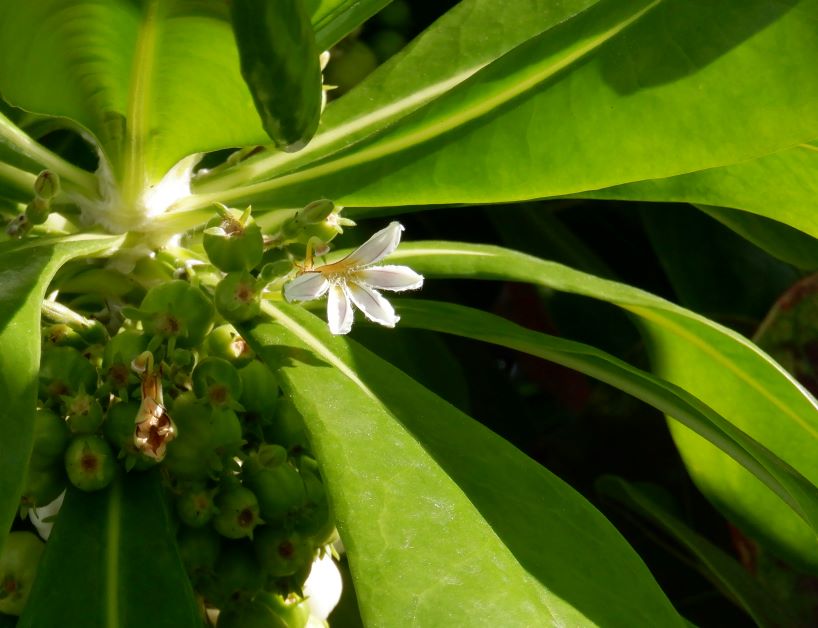
Sea grapes flower in late spring. By midsummer, you should see clusters of green fruit on your plant. Green sea grapes aren’t yet ripe, so leave them on the plant. By late summer, your grapes will be a dark burgundy color. This means that they’re ready to harvest.
Growing Sea Grapes in Florida
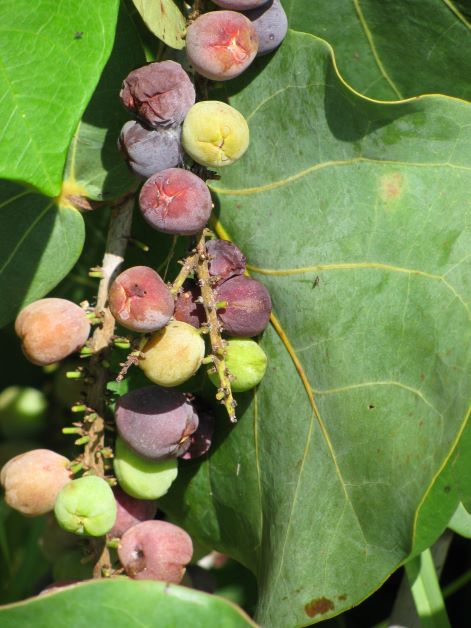
How to Grow Sea Grapes from Seed
Sea grape is easy to grow from seed, as long as your prepare your seed correctly and give your seed the right conditions for germination.
- Take a ripe sea grape and completely remove the fruit from the pit (which is the seed). Failure to remove all the fruit from the seed will cause it to rot.
- Let your seed dry out on a paper towel for a few days.
- Fill a 1-gallon pot with a 50/50 mixture of potting mix and sand. Be sure the drainage holes in your pot are drilled out.
- Once dry, plant your sea grape seed in the pot and water it in.
- Cover your pot with plastic wrap. Poke a few holes in the wrap and keep your pot in a warm, sunny spot.
- Keep your soil moist but not soggy.
- Your seed should germinate in about a month.
- Wait until your plant is 6 to 12 inches tall before transplanting. The longer you wait, the more likely it is your sea grape will survive the shock.
How to Grow Sea Grapes from Cuttings
You can grow sea grapes from cuttings, which is faster than growing them from seed.
- Fill a 1-gallon pot with a 50/50 mix of potting soil and sand. Be sure the drainage holes in your pot are drilled out.
- At the beginning of spring, find a young, healthy branch growing off of a mature sea grape plant. The stem should be green instead of woody and will probably be around 6 inches long.
- Cut the stem from the main plant at the node. This is where the stem connects to the main plant.
- Take your cutting and plant it in your pot 2 to 3 inches deep.
- Water your pot and keep it moist but not soggy.
- Keep your pot in a warm, sunny spot.
- Transplant your cutting into the ground after a few months. You need to wait until you see new growth and the cutting should look strong and hardy.
Sea Grape Care
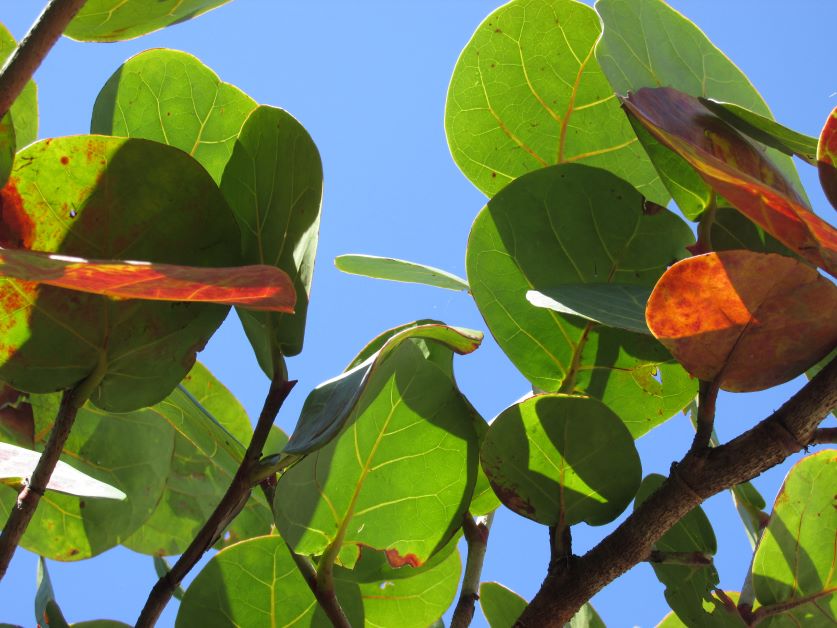
Temperature
Hardy to USDA zones 9b-11, the Florida sea grape tree is a tropical plant that thrives in heat and humidity. Older specimens can take the occasional frost but as a general rule, this plant isn’t likely to survive prolonged temperatures below 32F.
Sunlight
Sea grapes grow in full sun to part shade.
Water
Sea grapes are drought and salt tolerant. They’re perfect for those living on the coast. Once the plant is established, Floridians shouldn’t have to water their sea grapes — our summer rains are enough to keep them growing all year.
Soil
Sea grapes aren’t too picky about their soil, although they do prefer sand. They can withstand a pH range of 5.8 to 8.
Fertilizer
Sea grape is a wild plant and usually doesn’t need any special fertilization. If you want, you can feed with organic 8-8-8 if growing in unusually unfertile soil.
Pruning
If you want to keep your sea grape more like a hedge or shrub, then you’ll need to prune it semi-regularly. If left to their own devices, they tend to grow taller like a tree.
Because of their big, leathery leaves, it’s easiest to prune sea grapes by hand instead of using a mechanical hedge trimmer. Use hand pruners to top your sea grape and take off any obtrusive branches. You’ll usually only have to do this once every year or two.
If you’re planning on growing your sea grape for its fruit, then you’ll also need to prune to keep your plant closer to the ground. If you let your sea grape grow towards the sky, then your ripe grapes will be out of reach, making it hard to harvest.
Can Sea Grape Live Indoors?
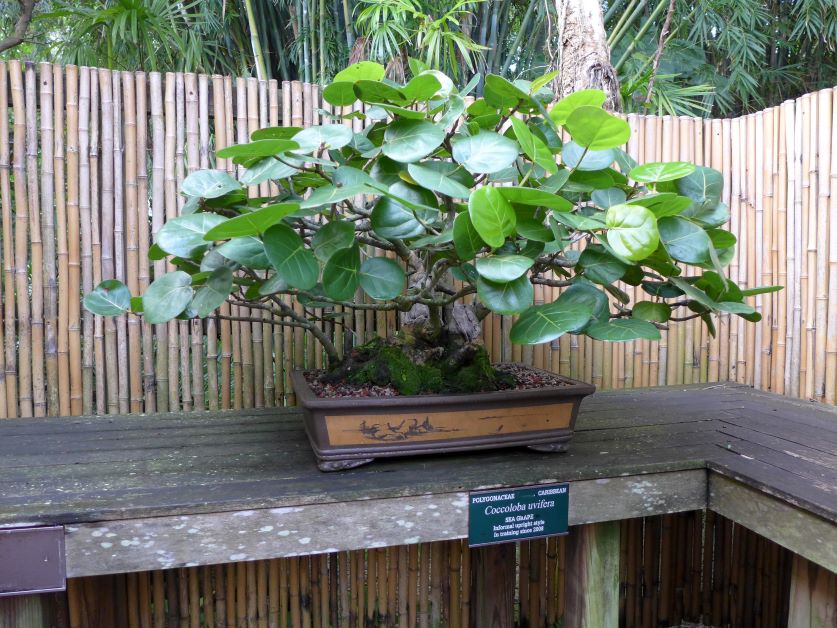
As long as you provide your plant with the right conditions, you can take a small cutting from a sea grape plant and keep it as an indoor houseplant. Some people even cultivate their sea grape for bonsai.
If you’re keeping a sea grape indoors, you’ll have to be more careful about watering. Don’t overwater, but don’t underwater, either. Stick your finger into your pot up to your second knuckle. If the soil is very dry, then it’s time to give your sea grape some water. Be sure to let your sea grape dry out completely before watering it again.
An indoor sea grape also needs well-draining soil like its outdoor brethren. Equal parts potting mix, sand, and perlite in a terra cotta pot work well. Keep your pot next to a window with bright light, as long as the weather is warm and there aren’t any drafts.
It’s also a good idea to create some humidity for your indoor sea grape. Take some indoor plant pebbles and put them in a saucer that’s wider than your pot. Then, put your sea grape on top of the pebbles. The pebbles will increase the humidity under your pot by making the water in your drip tray evaporate slower.
Finally, you should put your sea grape pot outside during the day in the summertime (when you can). This plant loves heat and sunshine and will appreciate some time in the fresh air. Just be sure to bring your sea grape inside at night if the temperatures are forecasted to dip in the 40s.
Why Isn’t My Sea Grape Producing Fruit?
Sea grape plants aren’t self-fertilizing. That means that you need to have both a male and female plant to produce fruit. If you only have one plant, you’ll never get any fruit from it (unless there’s another sea grape tree on a neighboring property).
Only female sea grape plants produce flowers and fruit. If your sea grape isn’t flowering, then you may have a male plant.
If you have a male and female plant and you’re still not getting any flowers, then you may just need to be patient. It can take 5 years or more for a female sea grape plant to bear fruit.
Sea Grapes Near Me
Grocery stores don’t sell sea grapes. I’ve never seen them at the farmer’s market, either. If you want to taste this rare fruit, you’ll have to grow them yourself.
If you’re a Floridian, your best bet is to call a nursery that specializes in native plants. Use this directory from the Florida Association of Native Nurseries to find a Florida native nursery near you.
Gardeners outside of Florida can find live sea grape plants and sea grape seeds online.
Are Sea Grapes Protected in Florida?
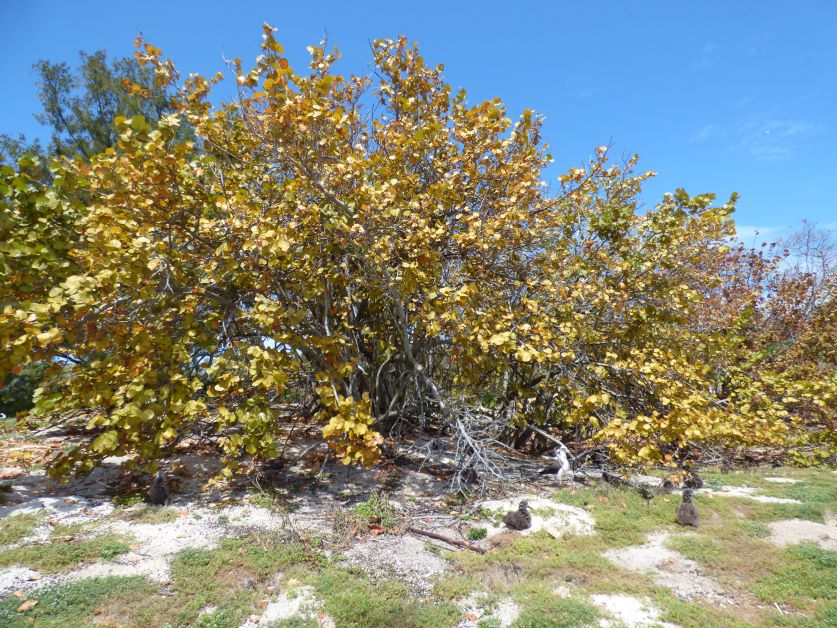
The answer here is “it depends.” Sea grapes themselves aren’t a protected species, but any vegetation growing on a sand dune is. Since sea grapes are typically found on sand dunes and coastal areas, that means many are automatically protected because of where they’re growing.
What does that mean for you? Trimming, destroying, damaging, or eating sea grapes that grow along the coast is illegal and carries a hefty fine. This law stems back to sea turtles. Sea grapes create a barrier between the beach and residential areas. This helps to screen out artificial light that would otherwise disrupt the sea turtle nesting process.
If you want to grow sea grapes for their fruit, you should plant them on your own property.
Landscaping with Sea Grape
Those living in coastal areas often use sea grapes as a windbreak. Plant some sea grape bushes between your house and the beach for a little protection from gusts. Planting sea grapes on the beach can also help combat soil erosion.
Sea grapes make an awesome privacy hedge. Plant some sea grape along a fence or property line, and let them grow to about 5 feet. Once they reach your desired height, prune and shape as needed.
If you let you let your sea grape grow untouched, it’ll form an attractive ornamental tree.
One thing to note when planting sea grape is that they’re a messy plant. Sea grape leaves decompose very slowly. This means they leave leaf litter that doesn’t readily break down into mulch. Unless you want to do a lot of raking, you should avoid planting sea grape near walking paths. It’s super easy to slip and fall on a layer of sea grape leaves.
Like the Florida native mulberry, fallen sea grape fruit will stain concrete.

Are Sea Grapes Healthy?
In the Caribbean, sea grape is a popular homeopathic treatment for a variety of ailments. I can’t vouch for how well these work (or their safety), but some sea grape uses include:
- Using the bark or resin to help with a sore throat
- Using the roots as a treatment for dysentery
- Boiling the bark to help with intestinal disorders
- Making tea from the leaves to fight asthma
- Making sea grape vinegar as a diarrhea medicine
- Fashioning a compression from the leaves to help with boils
Additionally, sea grape is high in healthy fats, like omega 3 fatty acids. Omega 3s can help improve inflammation, encourage a healthy heart, and can improve skin, hair, and nails.
What Other Fruit Are Native to Florida?
Check out my list of Top 10 Florida Native Fruit for more tasty and rare edible plants you should add to your subtropical garden.
Featured photo credit: Forest and Kim Starr

